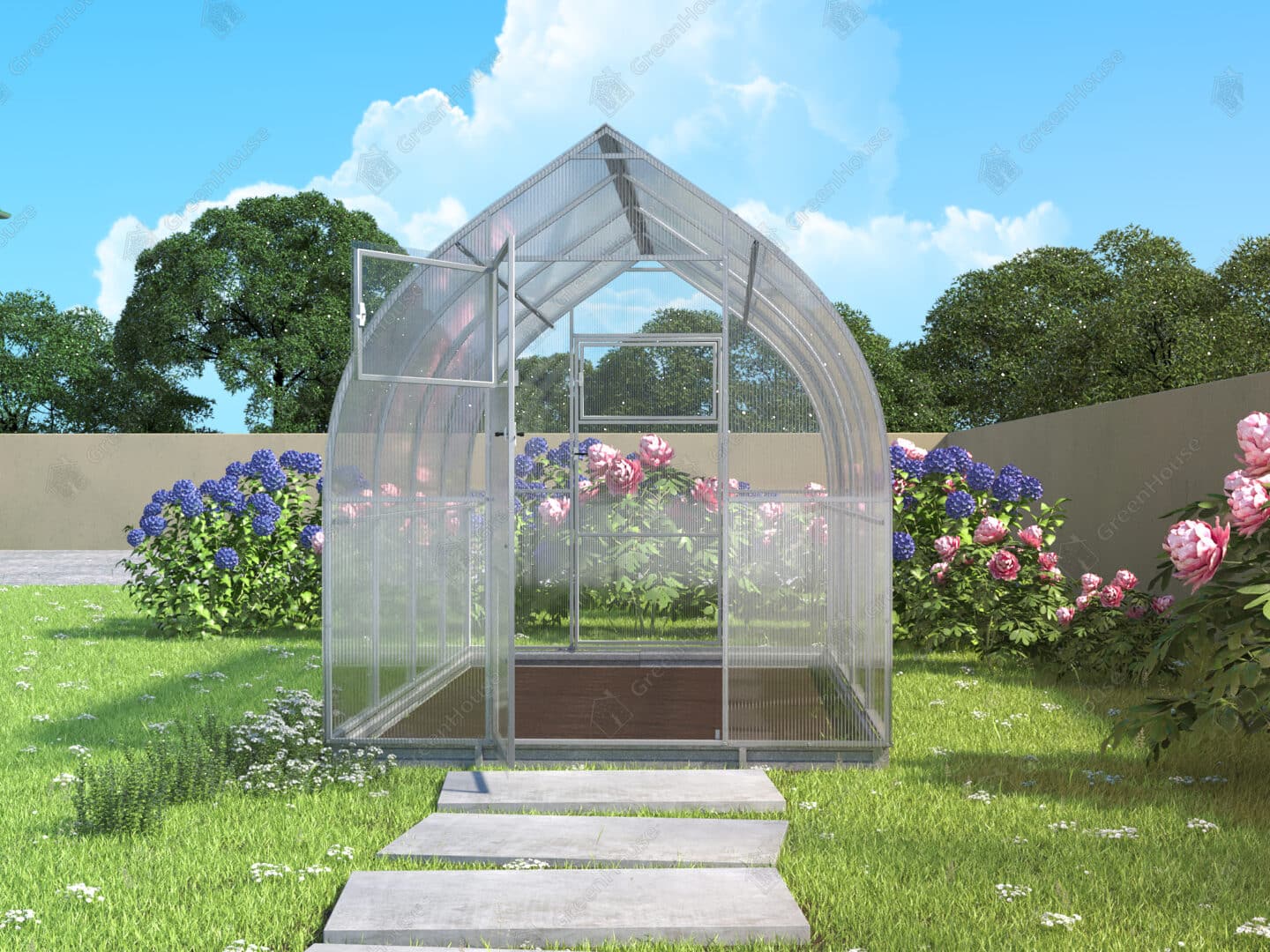Kiwis come from New Zealand, oranges from Spain. Or Italy. That’s about right, the inclined reader may now think. Under no circumstances do kiwis or oranges come from your own garden! Or maybe yes?
What your heart desires!
Greenhouses are still on the rise. They have become increasingly popular over the past few years. Not only to plant exotic fruits, but also to take care of yourself a little better. After all, everything tastes a little bit better when you grow it yourself. In addition, working with your own greenhouse is nice, watching how everything grows and thrives is just fun. Not to mention the pride you develop when you take the harvest into your own kitchen. Exotic? No problem with a greenhouse.
The right material
If you want to pay for your greenhouse out of the proverbial petty cash, you can simply go to the nearest discounter and buy one for 20 euros. Although, to be fair, one has to add that such models are more like plastic foils that are neither visually attractive nor can they stop a somewhat stronger gust of wind.
The better choices are metal and glass greenhouses. Houses made of plastic are also conceivable, but the mixture of glass and metal is the most durable and looks the best – although this is of course a question of subjective taste.
How big can the greenhouse be?
Anyone who thinks they can do whatever they want in their garden has of course done the calculation without the German legislator. Because he makes clear specifications as to how big a greenhouse can be. Of course, it must not disturb the neighbors. Even if this requirement can become a trap if the neighbor is a curmudgeon. However, certain dimensions or cubic meter specifications must not be exceeded. It is advisable to obtain information from the responsible building authority when purchasing a greenhouse, as there are no nationwide regulations here.
And for tenants: if they want to put up a greenhouse in their garden, they will most likely have to dismantle it again when they move out. Because the original condition must be restored when a tenant moves out.
Greenhouses as a guarantee for successful plants?
Without question: the prerequisites for the successful cultivation of plants are significantly increased on the one hand with a greenhouse. But on the other hand, of course, it is not a self-starter. There are a few things to watch out for so that the shot doesn’t backfire:
Sunlight: Not every plant needs the same amount of sunlight. But tomatoes should never be grown on the north side of the greenhouse, it doesn’t do them any good. Nightshades also need a lot of light during the day in order to develop optimally
Irrigation, aeration, fertilization: the right mix is important here. Too much or too little water, fertilization or aeration can have a negative impact on plants. Many greenhouse owners lovingly take care of every little detail themselves. Others prefer automated solutions. Here one can only say: each as he likes it.
One night stand in the greenhouse
Now that may sound a little slippery, but it really isn’t. Because in this case it’s about a cactus. This rare plant with the euphonious name “Queen of the Night” flowers only once a year, but then it blooms properly! She exudes a scent reminiscent of vanilla, which is irresistibly beguiling. And the sight of the flower, which is about the size of a plate, enchants both hobby and professional gardeners time and time again.
The fact that this experience is short-lived, and then you have to wait another year before you can see the spectacle again, doesn’t bother greenhouse owners in the least. After all, when it comes to their hobby, they have time. Much time.
Gehen Sie zu dieser Produktseite





